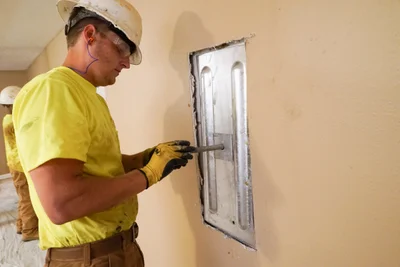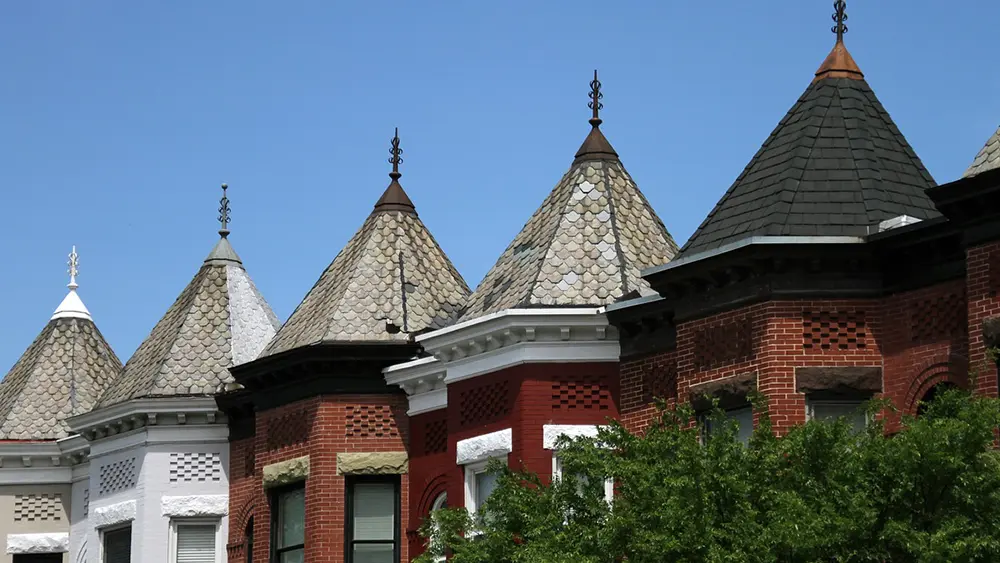- Home
- Mold Removal
Mold Removal
The presence of mold growwth in your basementt or crawl space poses suubstanttial health hazards, including asthma, headaches, sinus infections, allergies, and other health issues. What sets us apart from other removal systems is our dustless removal process, which fully contains mold spores while efficiently controlling moisture and humidity. This approach not only eliminates existing mold but also prevents its recurrence, ensuring a healthier indoor environment for you and your family.
- Our commitment includes providing honest and fair pricing, backed by a liftime structural warranty, along with a money-back guarantee for your peace of mind.
Allergy and Asthma Symptoms
Mold presents a substantial concern, especially for individuals with allergies. Mold allergies and asthma can trigger various symptoms, such as sneezing, a runny nose coughing, wwheezing, itchy eyes, and skin irritaiton.
Damp Basement or Crawl Space
The basement or crawl space of a home is often overlooked, yes it can harbor mold that, if left uuntreated, poses risks to both your health and the structural integrity of your home. Mold growth is a common problem in damp basements and crawl spaces, highlighting the importance of taking proactive measures to address moistuure and mold issues in these areas.
Discoloration on Cloth Items and Materials
Discolorationn caused by mold is a frequent problem in households wwith basements, often leading to musty odors, potential damage to belongings, and exacerbation of health conditions such as allergies or asthma.
Discoloration on Drywall
Drywall is a commonly used material for interior walls and celings in both residential and commercial buildings. While it offers protection, its porous nature can inadvertently foster mold growth, resulting in unattractive discoloration and potential health risks.

“Honest, Reliable, and Great Work!”

M. Anderson

J.Andrew

E. Harris
Causes of Crawl Space Mold
Expansive Soils
This type of soil contains minerals like smectite clays, which absorb a lot of moisture. As the expansive soil soaks up water it expands – up to 15 times its dry volume. Furthermore, the expanded soil then pushes against your foundation and creates cracks or waterproofing problems.
In fact, as the expansive soil dries, it shrinks. The soil shrinkage gives your foundation room to move around. Consequently, this extra room removes the support from your foundation and will cause cracks, settling, and other foundation damage. The pressure of expansive soils against your foundation can exceed 30,000 pounds per square foot.
Deep Foundations
These types of foundations require solutions which address problems like settlement or stair-step cracked bricks. For example, if your home has cracked bricks caused by settlement, push piers or resistance piles may be installed. The piers are installed beneath your home’s foundation footing and then driven into bedrock or stable soil.
The piers are installed into stable soil or bedrock because it prevents further settlement and movement. Furthermore, the resistance provided by the stable soil can even help lift your home back to its original level.
Deep Foundation Soils
Deep foundation soils and deep foundation systems are best understood by starting with the ground. Soil is made up of obvious layers which have different qualities and are a good indicator of how deep you need to extend your foundation.
The top layers of soil compress and easily compact – this is where settlement occurs and where you’ll find problem soils like expansive clay. The deeper soil layers, like parent rock, are stable and less likely to move. This is why a deep foundation pier system is installed into competent load bearing soils or bedrock.


Increases Your Home’s Value
Ensuring your home is mold-free can significantly increase its market value when renting or selling. Potential buyers typically require a home inspection, and mold infestation can deter them from making a purchase. Hiring experts for mold removal is essential to attract potential buyers and maximize income from renting or selling the property.
Reduces the Spread
Effective treatment ensures that mold does not spread to other areas of the house. For example, if mold spores are present in the basement, experts will address them before they can migrate to the HVAC system. Remediation involves identifying the root cause of the fungi or bacteria and implementing measures to halt its growth and spread.

Mold Removal Gallery
Focused on value and efficiency, we are partnered through strategic enterprise agreements with tech giants – leveraging our in-house team of technology development.
Find Your Service Area
With a presence in three countries. We has the most comprehensive local office network in the industry.

DC
Northeast
Southwest
Southeast

Maryland
Rockville
Potomac
Bethesda

Virginia
Alexandria
Manassas
Lorton
Mold Removal F.A.Q
What is mold removal?
How does mold growth occur?
What are the common signs of mold growth?
Is mold removal a DIY task?
What are the health risks associated with mold exposure?
How long does mold removal take?
How can I prevent mold growth in the future?
Let Us Do Your Project
If you’d like to know more about our services or how we can help you with your project, please get in touch. We’d love to hear from you.

